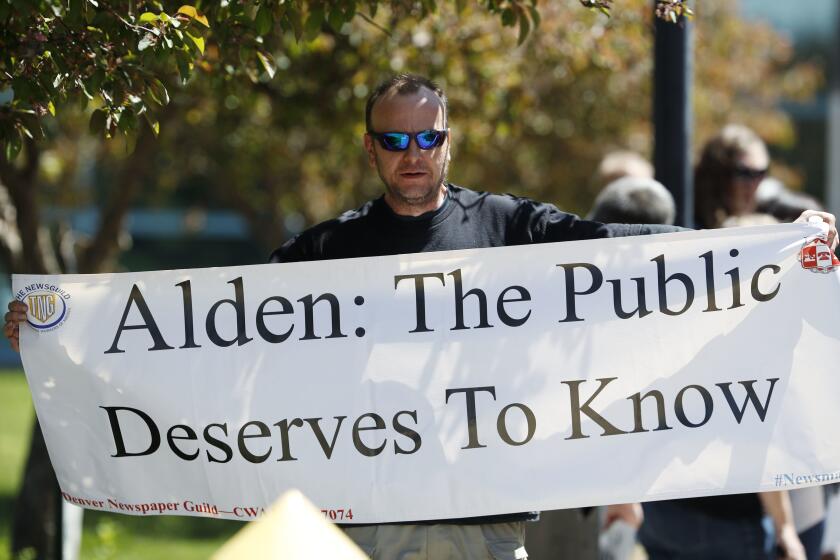‘Room 222’ could teach ‘Glee’ and ‘90210’ a thing or two
The campus setting for “Room 222” was in a “Glee”-free zone, far from the “90210” ZIP Code.
The classic comedy-drama, which revolved around fictional Walt Whitman High School, premiered in 1969 against the backdrop of the end of the civil rights movement and protests over the Vietnam War. Stories flowed between the concerns of students grappling with grades and their growing social awareness, and the struggles of a dedicated faculty trying to tame restless youths.
In appearance and tone, the series, which is being saluted Wednesday at the Paley Center for Media with a cast and producer reunion, mirrored its time. Female students and teachers wore flowered mini-skirts while several students — even white ones — wore Afros. “Right on” was a main catchphrase. One angry black student, Jason Allen (played by an actor known as Heshimu), was almost militant in his view of the world.
Despite its dated elements, “Room 222” was rooted in a relevance and topicality that those involved say is missing from “Glee,” “90210” and other contemporary school-based shows that put more emphasis on being crass than going to class. “It was a show that was certainly more forward thinking than most of the series we see today,” said Denise Nicholas, who starred in the series as counselor Liz McIntyre. “It was a daring show that was brave, with an integrated cast, and it dealt with important issues. Race was at the center of it, but there was no self-consciousness about it; it wasn’t preachy.”
The 30-minute ABC series, which ran for five seasons, was one of the first so-called comedy-dramas that bounced between humor and seriousness. The cast was headed by Lloyd Haynes as Pete Dixon, an idealistic, soft-spoken history teacher who was, in the words of one student, “so cool that even guys who hate school” wanted to be in his class. (Dixon was also romantically involved with McIntyre.) Michael Constantine played the school’s disheveled principal, Seymour Kaufman, while Karen Valentine played Alice Johnson, a perky but naive student teacher.
Producers of “Room 222” put a premium on authenticity, requiring writers to hang out in classes at Los Angeles High School, where much of the series was filmed, and other campuses.
“It was a requirement,” said Valentine, who is scheduled to participate in the Paley tribute. “They really wanted to catch the flavor of what it is like at a big-city school.”
Producer-director Terry Becker said cultural diversity was a key goal: “We were really desperate to get a cross section of society, we wanted to get those different colors.” Added associate producer Ron Rubin: “We weren’t consciously trying to break any boundaries. We were just trying to reflect the times, to be entertaining while also saying something serious.”
That agenda puzzled network executives, who wanted the series to be more of a traditional comedy. Said Nicholas: “There was a laugh track in the beginning, and producers fought to get rid of the laugh track.”
Valentine noted that current shows about high schools seem to be conjured up by adult writers more consumed with flashy storylines than dealing with education and in-depth issues that affect youth.
Though the student bodies of “Glee” and “90210” are culturally diverse, white students are center stage while students of color are largely shoved to the background. The predominantly white cast of “Glee” features only two minorities, and some observers have noted that one of its characters, Mercedes Jones (Amber Riley), fits squarely into the “sassy, overweight black girl” cliché. Female minority students on “90210” are practically invisible.
The approach that “Room 222” took toward advocating diversity should be celebrated, Valentine said, adding she is constantly approached by fans who were touched by the show.
“They tell me how much it affected them,” she said. “I think the show has gotten short shrift over the years. Hopefully that is starting to change.”
More to Read
The biggest entertainment stories
Get our big stories about Hollywood, film, television, music, arts, culture and more right in your inbox as soon as they publish.
You may occasionally receive promotional content from the Los Angeles Times.











